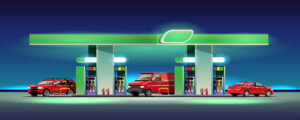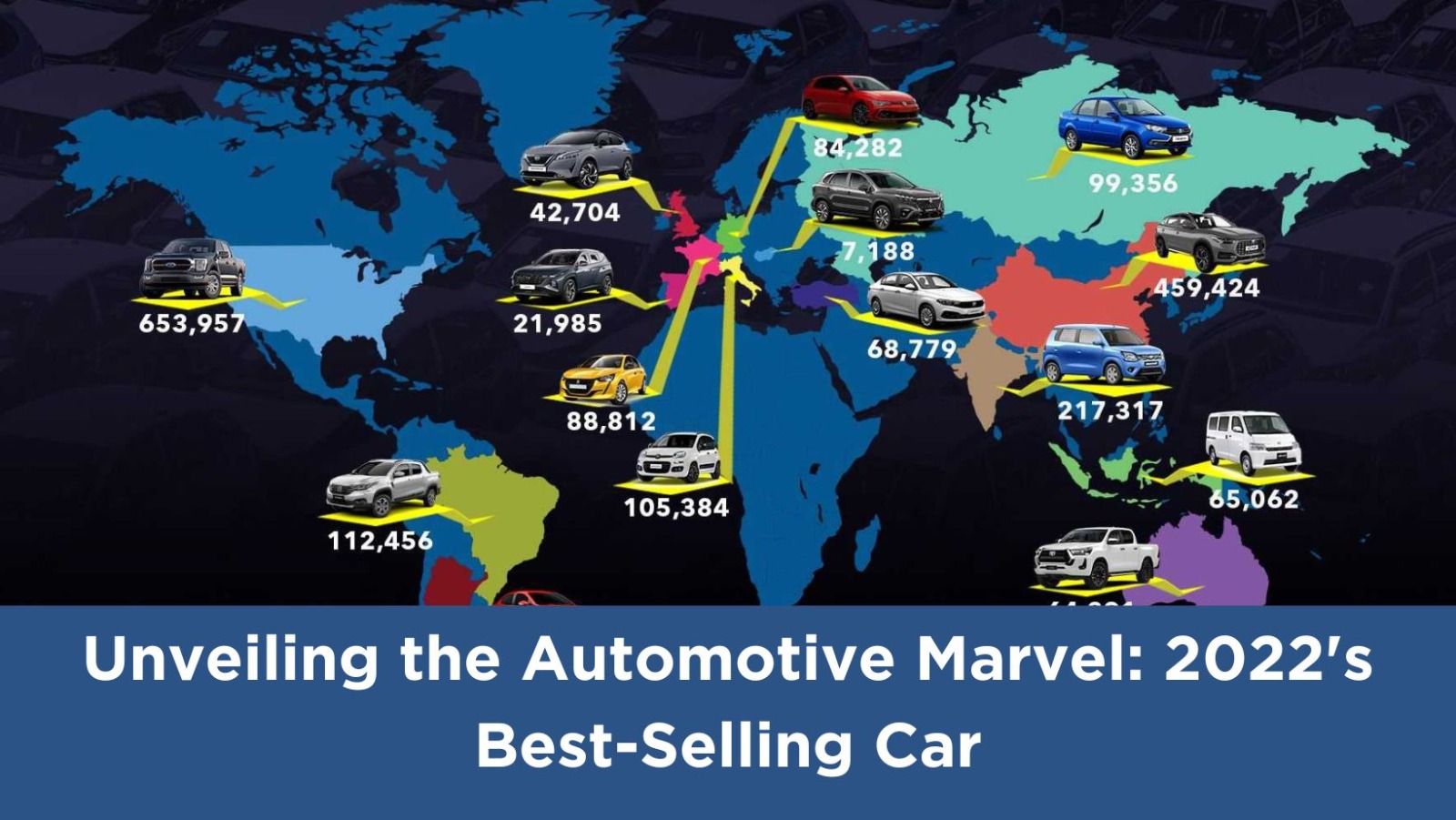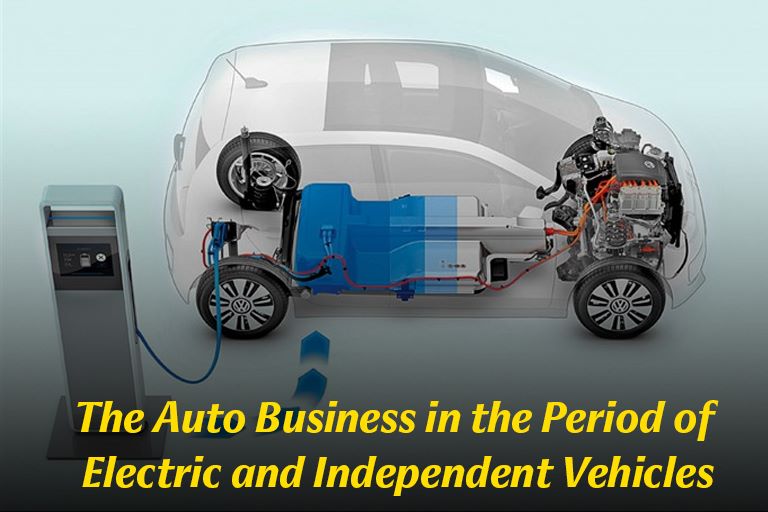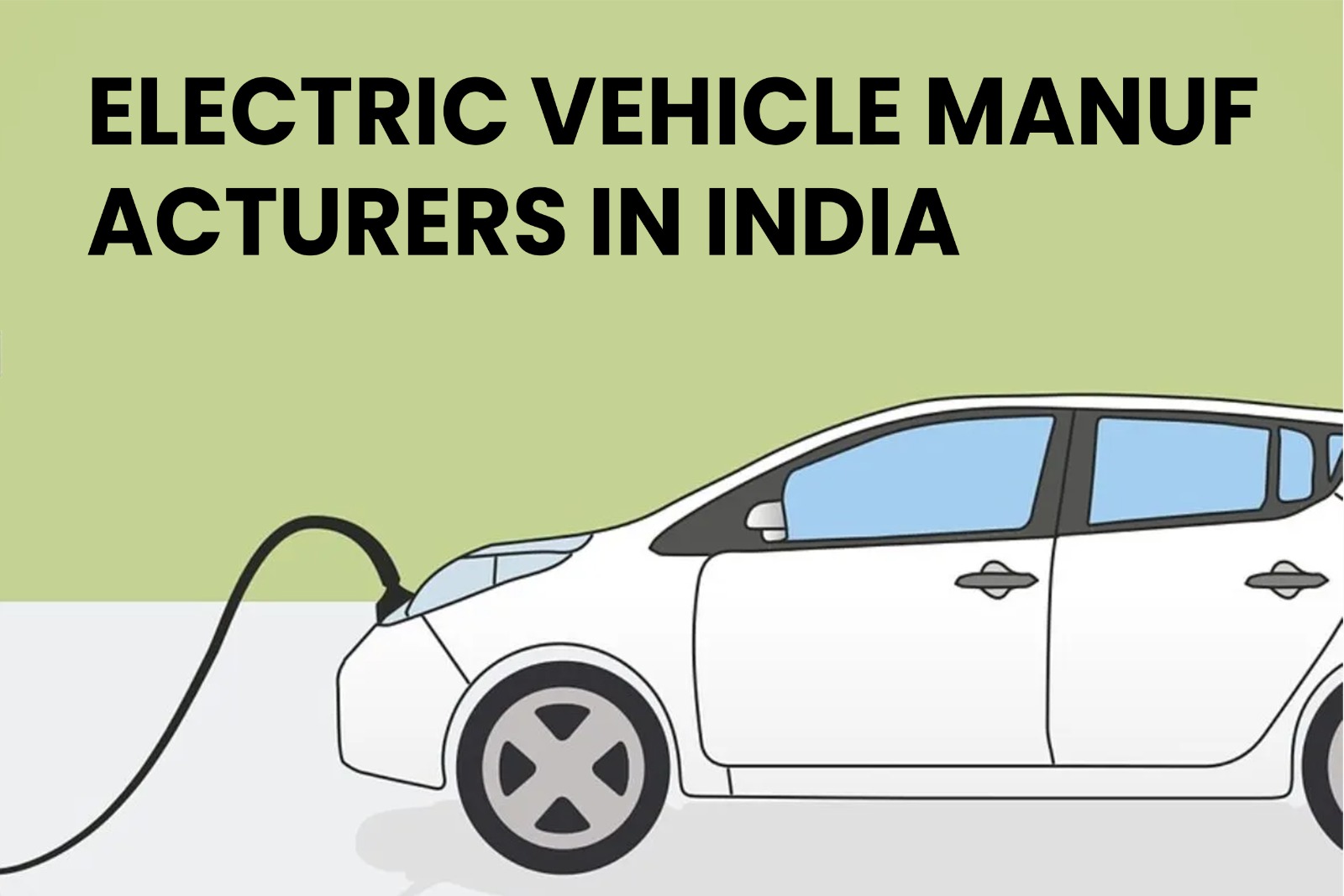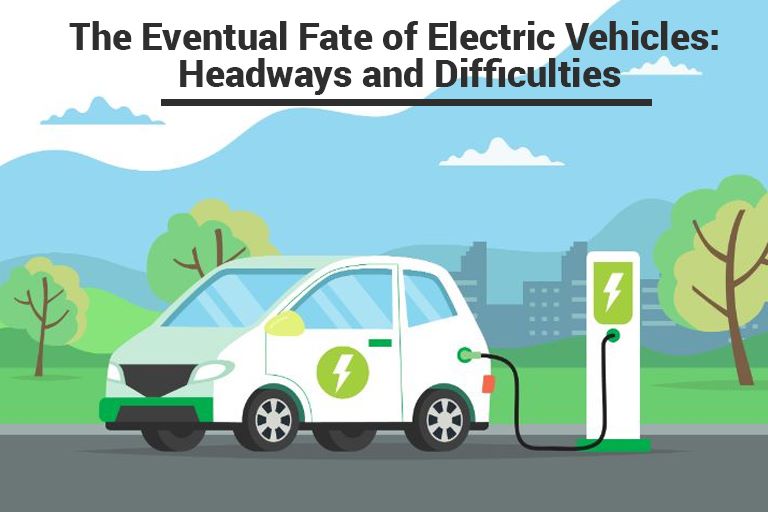Independent Vehicles: Upsetting How We Drive
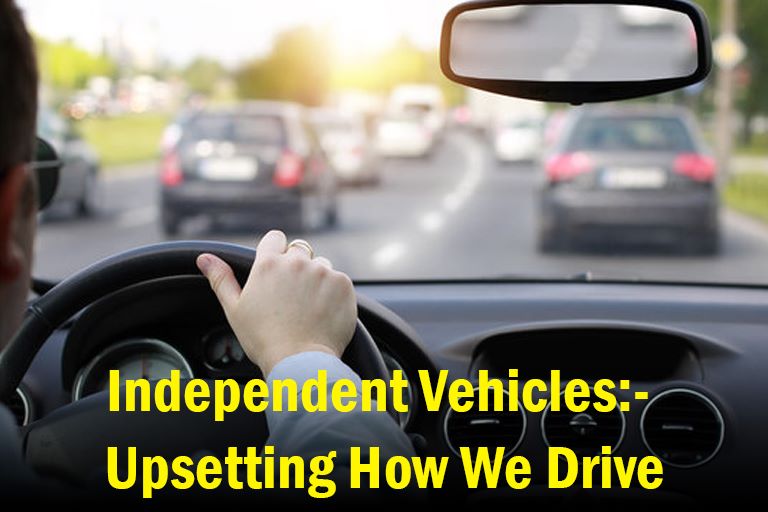
Somewhat recently, independent vehicles have arisen as a problematic innovation that vows to change how we drive. With progressions in computerized reasoning, sensor innovation, and network, self-driving vehicles can change transportation, making it more secure, more proficient, and harmless to the ecosystem. This article investigates the effect of independent vehicles on our day-to-day routines, the advantages they offer, and the difficulties that lie ahead.
1. Enhancing Security on the Streets
One of the most convincing purposes behind embracing independent vehicles is their capability to further develop street well-being essentially. Human mistake is liable for most of the mishaps, be it because of weariness, interruption, or debilitated driving. By wiping out the human component, self-driving vehicles can take out the innate dangers related to human mistakes, prompting a significant decrease in mishaps and fatalities out and about. Independent vehicles depend on a blend of sensors, cameras, and constant information handling, empowering them to see and answer their environmental elements with unparalleled accuracy, even in complex rush hour gridlock circumstances.
2. Efficiency and Diminished Clog
Independent vehicles can incredibly improve traffic productivity and lighten blockage. Self-driving vehicles can speak with one another and traffic the executive’s frameworks, taking into account streamlined traffic stream and coordination. By using AI calculations, independent vehicles can examine traffic designs, select the most proficient courses, and change their speed to limit delays. This prompts diminished travel times as well as diminishes fuel utilization and discharges, making transportation more practical.
3. Accessibility and Portability for All
The coming of independent vehicles can reform transportation availability for people with incapacities, the old, and individuals who can’t drive. With self-driving vehicles, these people gain freshly discovered freedom, as they can go without depending on others. Besides, independent vehicles can further develop versatility in regions with restricted public transportation choices, making it more straightforward for individuals to get to schooling, business, and medical care administrations.
4. Economic Open Doors and Interruption
The ascent of independent vehicles carries with it an influx of financial open doors and disturbance. Oneself driving vehicle industry is supposed to produce trillions of dollars in income and make a great many positions around the world. From assembling and programming improvement to support and framework, independent vehicles will require a different scope of abilities and mastery. Besides, self-driving vehicles can rethink the car business, as ride-sharing and on-request versatility administrations become progressively well-known. Conventional vehicle proprietorship models might be supplanted by transportation-as-a-administration (TaaS) models, prompting a change in the manner in which we ponder individual transportation.
5. Challenges and Contemplations
While the commitment to independent vehicles is invigorating, there are a few moves that should be tended to for their far-reaching reception. Well-being stays a fundamental worry, as self-driving vehicles should show their capacity to explore capricious circumstances and go with moral choices. Network safety is one more basic perspective, as independent vehicles are helpless against potential hacking and malignant exercises. Furthermore, administrative systems and legitimate contemplations should be laid out to guarantee the protected and dependable sending of self-driving vehicles.
6. Environmental Supportability
Independent vehicles can contribute altogether to ecological manageability. By upgrading courses and diminishing gridlock, self-driving vehicles can assist with limiting fuel utilization and ozone-harming substance outflows. In addition, the boundless reception of electric independent vehicles can additionally lessen fossil fuel byproducts and reliance on petroleum products. As the world moves towards environmentally friendly power sources, self-driving vehicles can flawlessly coordinate with charging foundations, advancing a greener and more practical transportation framework.
7. Urban Preparation and Foundation
The joining of independent vehicles into our urban communities and metropolitan arranging presents two difficulties and opens doors. With the ascent of self-driving vehicles, conventional parking areas could be reused for different purposes, prompting more green spaces, working on common zones, and diminishing endless suburbia. Furthermore, shrewd city advancements can be coordinated with independent vehicles to upgrade traffic the board, leaving productivity, and generally metropolitan portability. City framework can be intended to oblige the requirements of self-driving vehicles, like committed paths or correspondence frameworks that empower consistent collaborations among vehicles and foundations.
8. Ethical Contemplations and Navigation
Independent vehicles deliver complex moral contemplations and dynamic difficulties. In circumstances where mishaps are undeniable, self-driving vehicles should go with split-subsequent options that focus on the well-being of travelers, people on foot, and other street clients. Deciding the moral calculations that oversee these choices is a basic area of innovative work. Society should participate in conversations to lay out moral systems that line up with our qualities and focus on human well-being, while additionally considering social, lawful, and territorial varieties.
9. Public Insight and Trust
For independent vehicles to arrive at their maximum capacity, public discernment and confidence in the innovation are essential. High-profile mishaps including independent vehicles in the testing stage have raised concerns and doubt among the overall population. Building trust requires straightforward correspondence, powerful security norms, and far-reaching testing conventions. As additional independent vehicles hit the streets and exhibit their abilities, public acknowledgment and trust in the innovation are supposed to develop.
10. Job Dislodging and Labor Force Progress
The far-reaching reception of independent vehicles might prompt work dislodging in specific areas, for example, shipping and taxi administrations. As self-driving innovation advances, there will be a requirement for labor force progress and retraining projects to help people impacted by these changes. Legislatures, organizations, and instructive establishments should team up to offer help and assets to laborers, empowering them to secure new abilities and find elective work potential open doors in arising areas connected with independent vehicles.
Conclusion:
Independent vehicles can upset how we drive, giving various advantages concerning security, effectiveness, openness, and maintainability. While there are difficulties to survive, like security, online protection, and moral contemplations, the advancement in independent vehicle innovation keeps on pushing the limits of transportation development. As we explore this extraordinary time, it is essential to find some kind of harmony between embracing the likely advantages and tending to the complex cultural, administrative, and moral ramifications related to the far and wide reception of independent vehicles. Thusly, we can introduce another period of transportation that improves our lives, our urban areas, and our planet.
Read Other Blog About – New Electric Car Company
